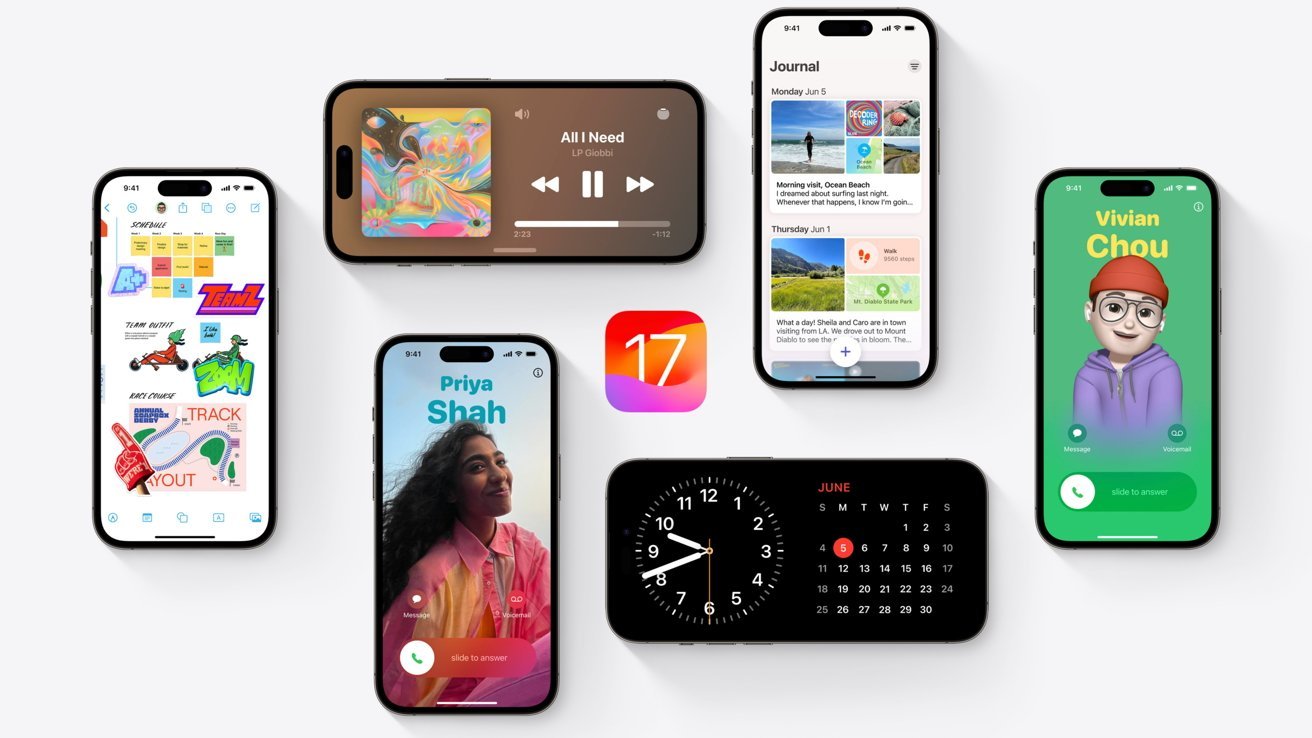The world of iPhone and iPad apps has never been more exciting. Developers are constantly pushing the boundaries of what these devices are capable of, creating experiences that were once unimaginable. From augmented reality (AR) that blends the digital and physical worlds to groundbreaking accessibility features, these advancements are changing the way we use our devices.
Key Highlights:
- AR is breaking barriers: Imagine exploring historical landmarks right from your living room or virtually trying on clothes before you buy them. AR is making these experiences a reality, blurring the lines between our physical and digital worlds.
- Accessibility for all: Developers are prioritizing inclusivity, creating apps that cater to users with diverse needs. Features like voice control, text-to-speech, and even eye-tracking technology are opening doors for people who were previously left behind.
- Unleashing the power of the iPad: The iPad is no longer just a larger iPhone. Developers are taking advantage of its unique capabilities, transforming it into a powerful tool for artists, musicians, and professionals alike.
- Personalized experiences: Apps are becoming more attuned to individual users, offering tailored recommendations, learning preferences, and even proactive assistance. This is making our devices feel more like personal companions than ever before.

Augmented Reality Redefines the Possible
AR is no longer just a gimmick. Developers are harnessing its potential to create immersive and interactive experiences that were once the realm of science fiction. Apps like IKEA Place let you virtually place furniture in your home to see how it looks before you buy it, while Snapchat’s AR filters bring playful characters and effects to life right on your screen.
One of the most impressive examples is Niantic’s “Harry Potter: Wizards Unite,” which blends AR with geolocation to create a real-world wizarding adventure. Players can cast spells, encounter magical creatures, and even team up with friends to battle foes, all within the context of their everyday surroundings.
Accessibility for Everyone
Inclusivity is at the forefront of app development, with features that cater to users with visual impairments, hearing difficulties, and other disabilities. Voice control is becoming increasingly sophisticated, allowing users to navigate apps and dictate text with ease. Text-to-speech technology reads aloud written content, while eye-tracking interfaces open up new possibilities for hands-free interaction.
Apps like Proloquo2Go, a symbol-based communication tool, and TapTapSee, which uses the camera to identify objects and describe them verbally, are just two examples of how developers are making technology accessible to everyone.
The iPad: A Creative Powerhouse
The iPad is no longer just a larger iPhone. Its big screen and processing power are being harnessed by developers to create powerful tools for artists, musicians, and professionals. Apps like Procreate and LumaFusion are turning the iPad into a mobile art studio and video editing suite, respectively.
With features like Apple Pencil support and multitasking capabilities, the iPad is becoming a true productivity powerhouse. Doctors can use apps like 3D4Medical to visualize complex anatomy, while architects can leverage apps like Shapr3D to create and manipulate 3D models on the go.
Personalized Experiences: Apps That Know You
Apps are becoming more adept at learning our individual preferences and tailoring the experience accordingly. From suggesting music we might like to recommending news articles based on our interests, apps are becoming more like personal assistants.
This level of personalization can be incredibly helpful, saving us time and effort while exposing us to new and interesting content. However, it also raises concerns about data privacy and the potential for filter bubbles, where we only see information that reinforces our existing beliefs.
The Future of iPhone and iPad Apps
The future of iPhone and iPad apps is bright. With developers constantly pushing the boundaries of technology and creativity, we can expect even more groundbreaking features and experiences in the years to come. AR will become even more immersive, accessibility will continue to be a priority, and the iPad will solidify its position as a powerful tool for work and play.
As we move forward, it will be crucial to ensure that these advancements are used for good, promoting inclusivity, creativity, and responsible use of technology. Ultimately, the future of iPhone and iPad apps is in the hands of the developers, and based on what we’ve seen so far, it’s a future full of possibilities.


















